Outer Space & Universe
Outer Space & Universe
Space, also known as outer space, is the near-vacuum between celestial bodies. It is where everything (all of the planets, stars, galaxies and other objects) is found.
On Earth, space begins at the Kármán line (100 km above sea level). This is where Earth's atmosphere is said to stop and outer space begins. This is not a firm boundary but is a convention used by scientists and diplomats.
Items in space are free to move back and forth; up and down; and left and right. These three dimensions are what make 3D space. Items also move forward through time, which is sometimes called the fourth dimension.
The majority of space contains very little matter and so most of it is a vacuum. Scientists do not know how big space is but we do know that space is extremely big, and is always expanding.
According to the big bang theory, all matter and energy in the Universe was compressed into a very small space. Then it exploded and started expanding. Space is still growing in size today; this means the distance from one galaxy to distant galaxies is getting longer.
Gravity is the force that keeps the Moon in orbit around the Earth and the planets in orbit around the Sun. Gravity can stretch and bend space similar to how a heavy ball placed on a stretched sheet of rubber will cause the rubber to stretch. The scientist who discovered that space can bend is named Albert Einstein. How gravity bends space is part of his theory of general relativity.
Astronauts, Cosmonauts, Taikonauts and Spationauts
An astronaut is any person who is trained by NASA to travel and perform tasks in space. Although the space traveler may not necessarily be a United States citizen, each astronaut does go through a rigorous training regiment by the National Aeronautics and Space Administration. Other space travelers go by other names then astronaut depending on their country of origin.
In the United States, astronaut is derived from the Greek words ástron (star) and nautis (sailor). While, in Russia, a space traveler goes by the name космонавт (English: cosmonaut), which is derived from the Greek words kosmos (universe) and nautis (sailor). Westerners call a space traveler from China a taikonaut, based on the 1998 writings of Chiew Lee Yik and Chen Lan where the term tàikōng (great emptiness), Chinese for “space”. In China, the term yuháng yuán (universe navigator) is used for space traveler.
Only the United States of America (United States), Russia (earlier, the Union of Soviet Socialist Republics), and the People’s Republic of China (China) have sent manned spacecraft into space. Other countries have assisted these countries by sending their own space travelers on space missions. For instance, a French space traveler is called a spationaut (from the French word spationaute), which is derived from the Latin spatium (space) and Greek nautis (sailor). (plural in Greek nautes = sailors)
-
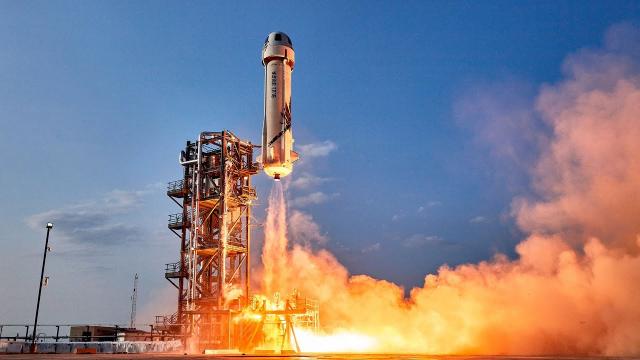
Watch live! Blue Origin New Shepard launches to simulate moon gravity and more
Added 48 Views / 0 LikesBlue Origin is now targeting Tuesday (Feb. 4) for its first-ever moon-gravity mission. The company first tried to launch the NS-29 mission of its New Shepard suborbital vehicle on Jan. 28, but called off that try due to uncooperative weather and an issue
-
04:39
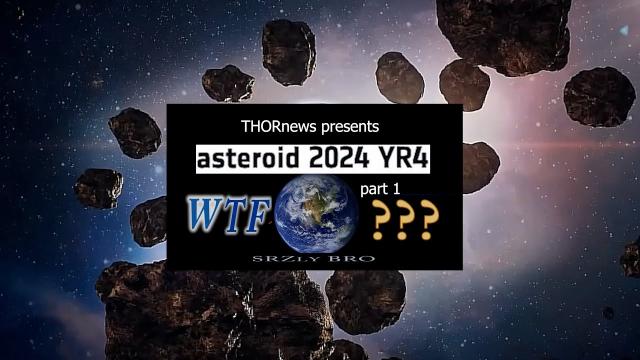
Chance of 'City Killer' Asteroid 2024 YR4 hitting Earth Triples! - NASA
Added 48 Views / 0 LikesSuit up, Stay Cool & Game faces on.God bless everyone,Thttps://www.paypal.me/THORnewshttps://venmo.com/TEric-Lewisonhttps://www.patreon.com/thornewsper phys.org article'City killer' asteroid now has 3.1% chance of hitting Earth: NASAby Issam Ahmed with Da
-
03:08
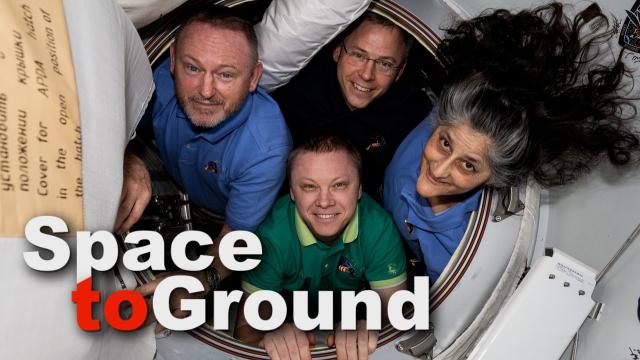
Space to Ground: Pushing Boundaries: Feb. 21, 2025
Added 48 Views / 0 LikesNASA's Space to Ground is your weekly update on what's happening aboard the International Space Station. Got a question or comment? Use #AskNASA to talk to us.Learn more about the important research being operated on Station:https://www.nasa.gov/iss-scien
-
00:30
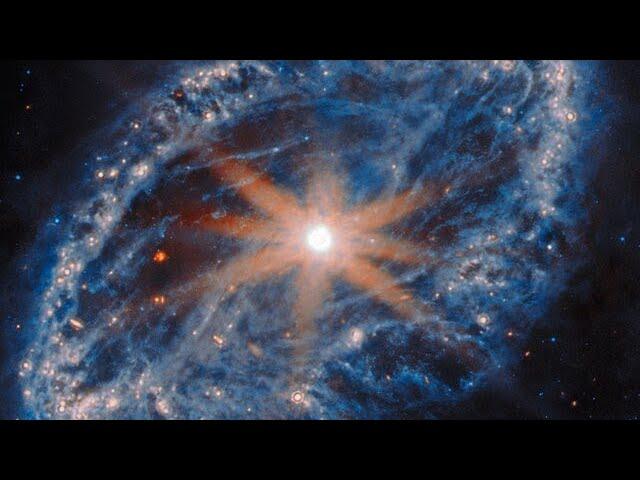
Pan video: NGC 2566 (MIRI)
Added 47 Views / 0 LikesThe galaxy filling the frame in this NASA/ESA/CSA James Webb Space Telescope Picture of the Month is NGC 2566, a spiral galaxy located in the constellation Puppis. In this image Webb’s Mid-InfraRed Instrument (MIRI) puts the thick clouds of interstellar d
-
04:04
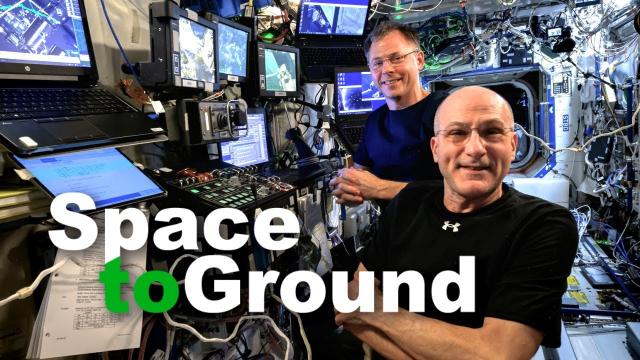
Space to Ground: Hailing Frequencies: Feb. 07, 2025
Added 47 Views / 0 LikesNASA's Space to Ground is your weekly update on what's happening aboard the International Space Station. Got a question or comment? Use #AskNASA to talk to us.Learn more about the important research being operated on Station:https://www.nasa.gov/iss-scien
-
01:23
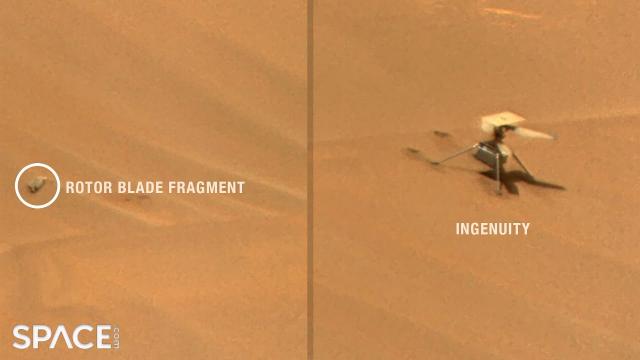
Mars Ingenuity helicopter accident investigation reveals likely cause of crash
Added 47 Views / 0 LikesThe investigation into the Mars helicopter Ingenuity accident has found that the "lack of surface texture gave the navigation system too little information to work with,” likely causing the rotors blades to hit the surface of the Mars and suffer damage, a
-
06:12
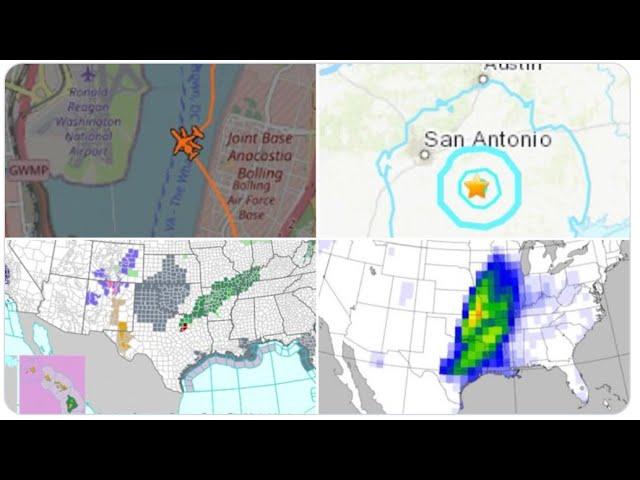
American plane & Army Helicopter collide near DC Airport. 4.5 San Antonio TX EQ & Dallas Flood.
Added 47 Views / 0 LikesT
-
01:09
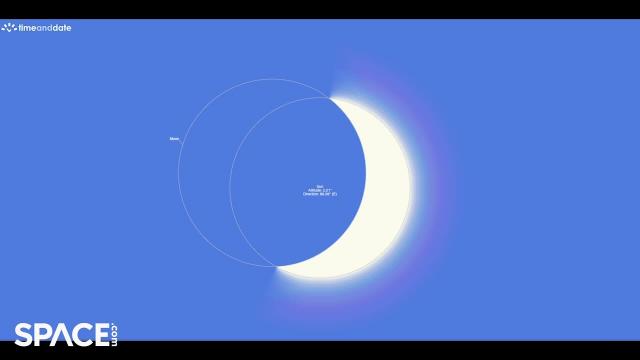
Partial Solar Eclipse in March 2025 - What it will look like? See a map
Added 47 Views / 0 LikesOn March 29, 2025, a partial solar eclipse visible in the northeastern part of North America, much of Europe and Russia. See an animation of what it will look like and a visibility map from Timeanddate.com. [Full Story](https://www.space.com/the-universe/
-
01:06
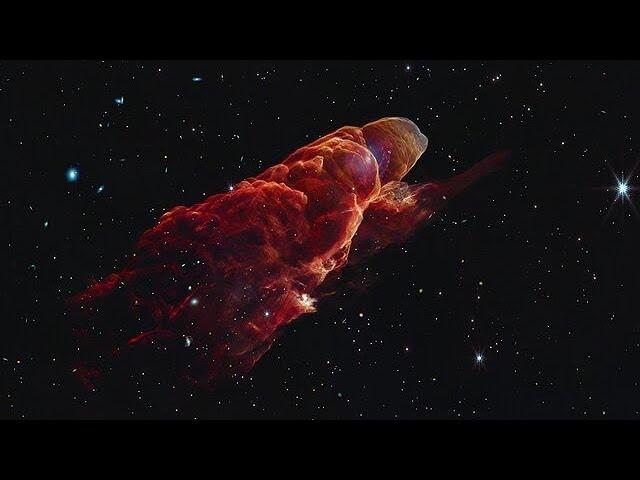
Herbig-Haro 49/50 Data Visualisation
Added 47 Views / 0 LikesThis video provides special data visualisation of Herbig-Haro 49/50, as seen by the NASA/ESA/CSA James Webb Space Telescope. This is an outflow from a nearby still-forming star, in high-resolution near- and mid-infrared light with the NIRCam and MIRI inst
-
00:30
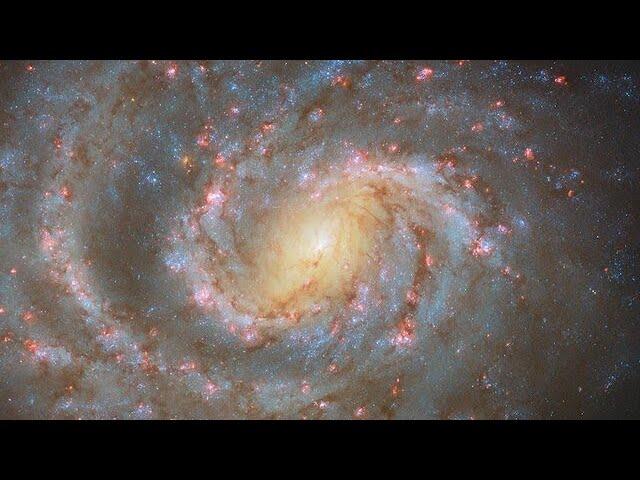
Pan: NGC 1637
Added 46 Views / 0 LikesThe subject of this NASA/ESA Hubble Space Telescope Picture of the Week is NGC 1637, a spiral galaxy located 38 million light-years from Earth in the constellation Eridanus.This image comes from an observing programme dedicated to studying star formation
-
00:30
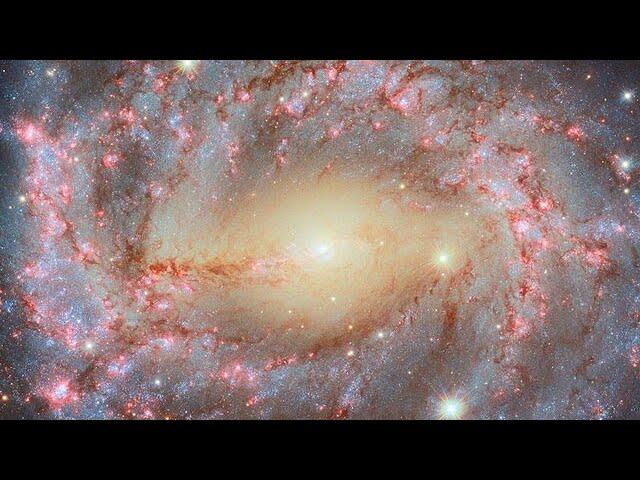
Pan: NGC 5643
Added 46 Views / 0 LikesToday’s NASA/ESA Hubble Space Telescope Picture of the Week features the glorious spiral galaxy NGC 5643, which is located roughly 40 million light-years away in the constellation Lupus. NGC 5643 is what’s known as a grand design spiral, referring to how
-
09:01
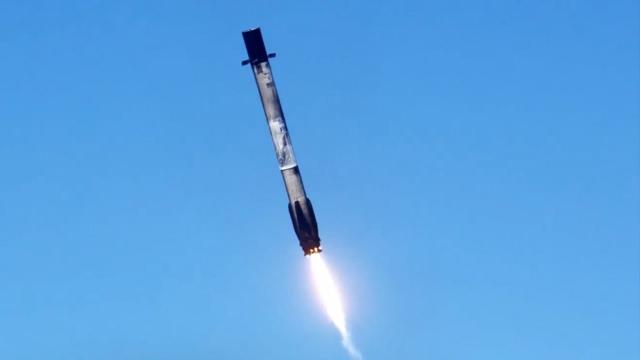
Blastoff! SpaceX launches 131 rideshare satellites, nails landing in California
Added 46 Views / 0 LikesA SpaceX Falcon 9 rocket launched the Transporter 12 mission carrying 131 different satellites to orbit from Vandenberg Space Force Base. The rocket lifted off on Jan. 14, 2024 at 2:09 p.m. EST (1909 GMT; 11:09 a.m. local California time).The first stage
-
01:17
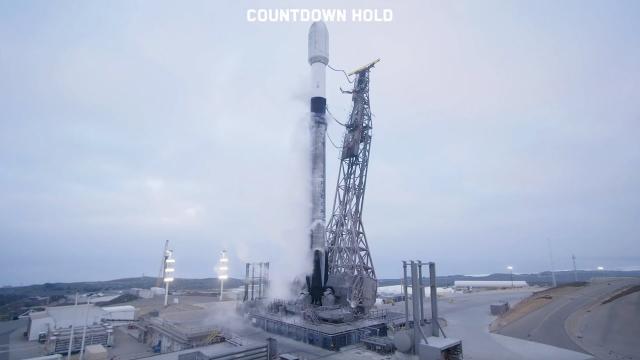
SpaceX scrubs Starlink launch at T-11 seconds due to 'possible aircraft in airspace'
Added 46 Views / 0 LikesSpaceX scrubbed the launch of a new Starlink batch from California on Jan. 19, 2025. The launch was "held for a possible aircraft in the airspace" according to mission control. Credit: SpaceX
-
08:54
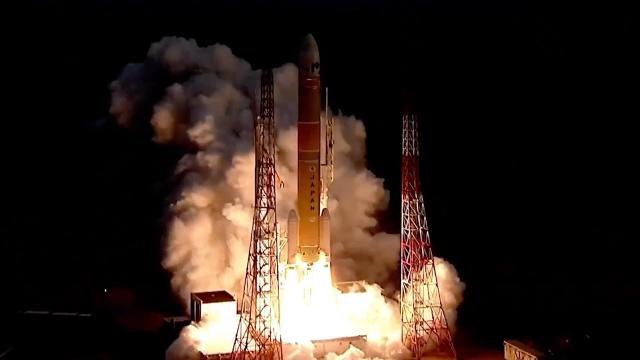
Blastoff! Japan's H3 rocket launches Michibiki 6 navigation satellite
Added 46 Views / 0 LikesJapans's H3 rocket launched the Michibiki 6 navigation satellite from Tanegashima Space Center on Feb. 2, 2025 at 3:30 a.m. EST (0830 GMT; 5:30 p.m. local Japan time). Full Story: https://www.space.com/space-exploration/launches-spacecraft/japan-h3-rocket
-
11:39
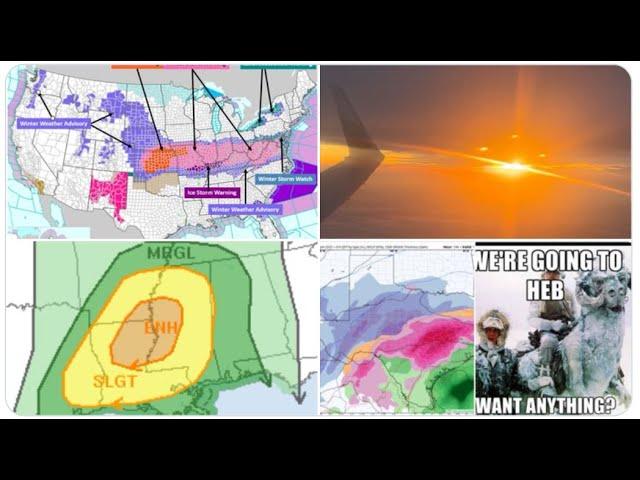
BEWARE! Winter Storm Blair Witch is a B!tch! and ARE YOU READY FOR THE 1ST TEXAS SNOW DAY OF 2025?
Added 45 Views / 0 LikesYOU ARE FANTASTIC!thank you.God bless everyone,Thttps://www.paypal.me/THORnewshttps://venmo.com/TEric-Lewisonhttps://www.patreon.com/thornews
-
04:03
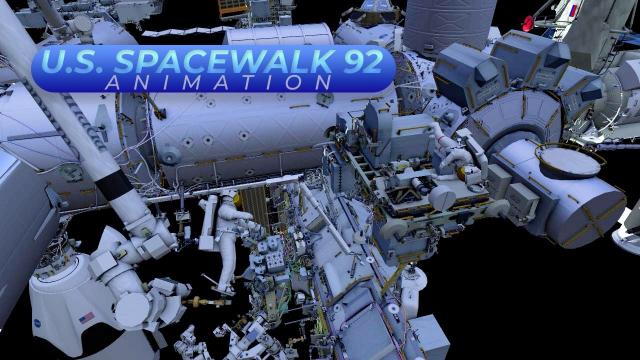
U.S. Spacewalk 92 Animation (Radio Frequency Group 2 5)
Added 45 Views / 0 LikesAn animation of U.S. spacewalk 92 scheduled for Thursday, Jan. 23, when two NASA astronauts will exit the station’s Quest airlock to complete removal of a faulty electronics box, called a radio frequency group, from a communications antenna on the starboa
-
09:25
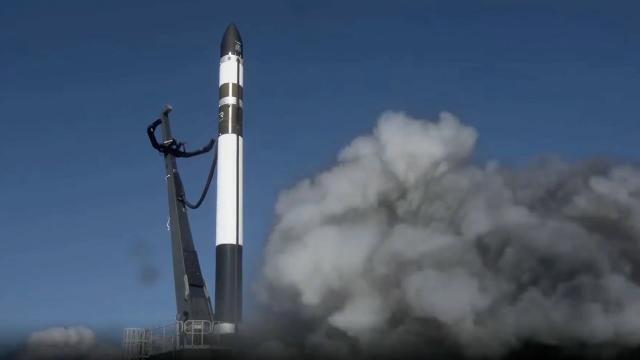
Blastoff! Rocket Lab launches 5 'Internet of Things' satellites from New Zealand
Added 45 Views / 0 LikesA Rocket Lab Electron rocket launched 5 Kinéis 'Internet of Things' satellites from New Zealand on Feb. 8. 2025. at 3:43 p.m. EST (2043 GMT; 9:43 a.m. Feb. 9 local New Zealand time).Credit: Rocket Lab
-
01:03
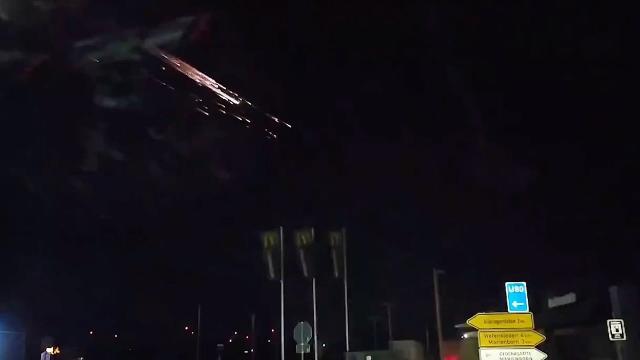
See it! SpaceX Falcon 9 rocket debris burns up over Europe
Added 45 Views / 0 LikesThe American Meteor Society received several reports of SpaceX rocket debris burning over Europe on Feb. 19, 2025. The debris was traced to the re-entry of the upper stage of a Falcon 9 rocket that launched on Feb. 1. Credit: Space.com | footage courtesy:
-
09:02
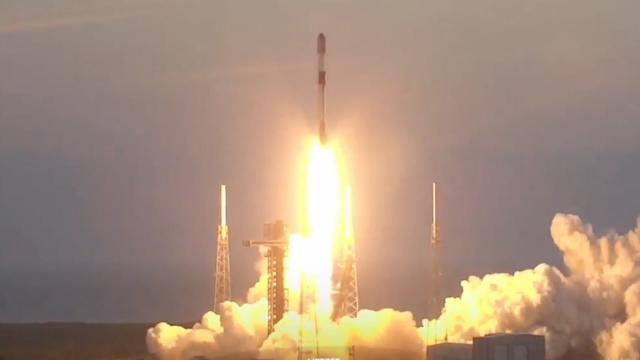
Blastoff! SpaceX launches Starlink batch from Florida -- 3rd launch in 13 hours!
Added 45 Views / 0 LikesA SpaceX Falcon 9 rocket launched 23 Starlink satellites, including 13 with Direct to Cell capabilities, from Space Launch Complex 40 (SLC-40) at Cape Canaveral Space Force Station in Florida on March 15, 2025 at 7:35 a.m. ET. Credit: SpaceX
-
01:35

SpaceX's Raptor 3 engine is an 'unprecedented step forward in rocket design'
Added 45 Views / 0 LikesThe next generation SpaceX Raptor 3 engine will no longer need a heavy heat shield unlike its predecessors, reducing the overall weight of Starship. Credit: SpaceX
